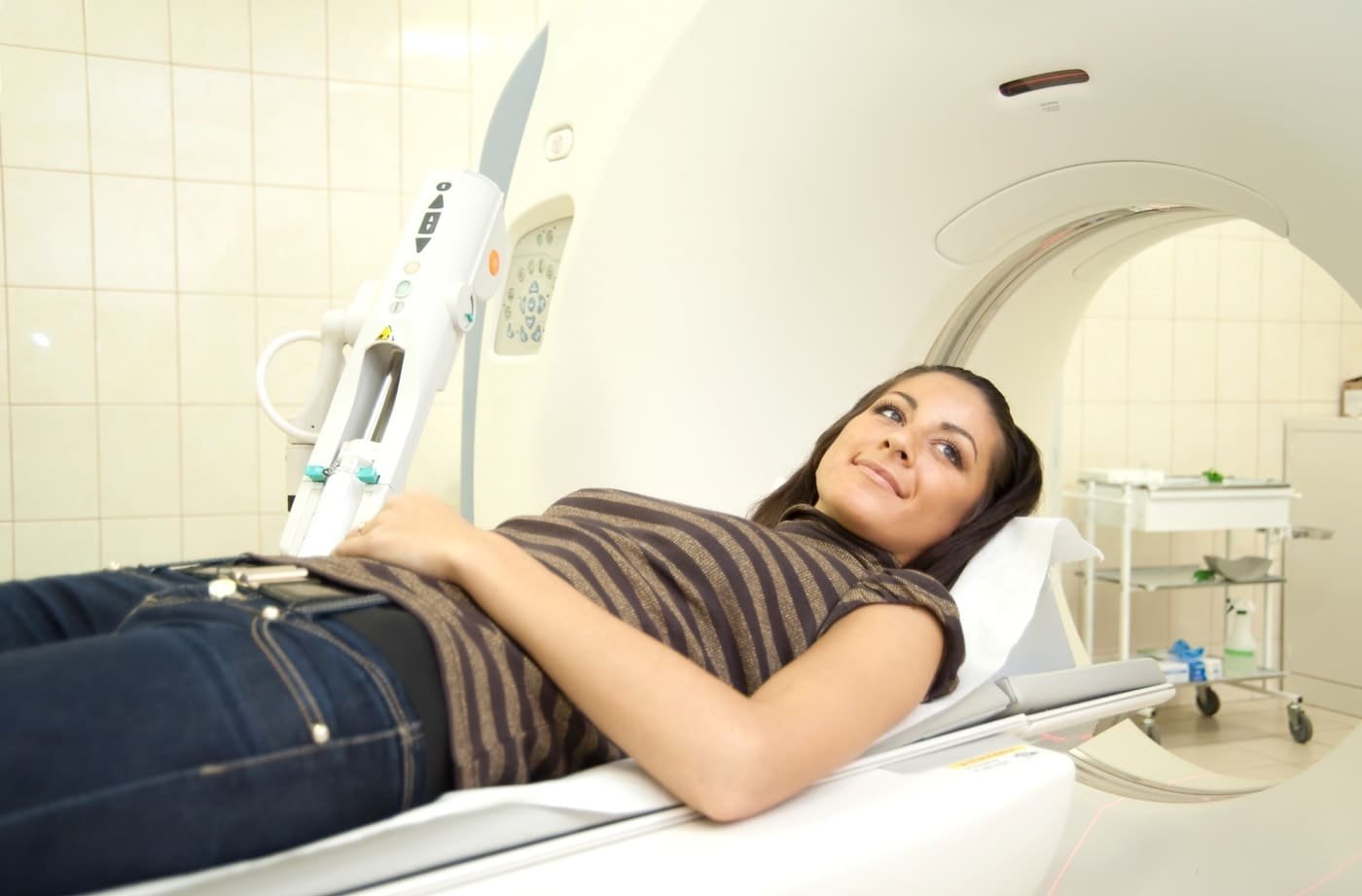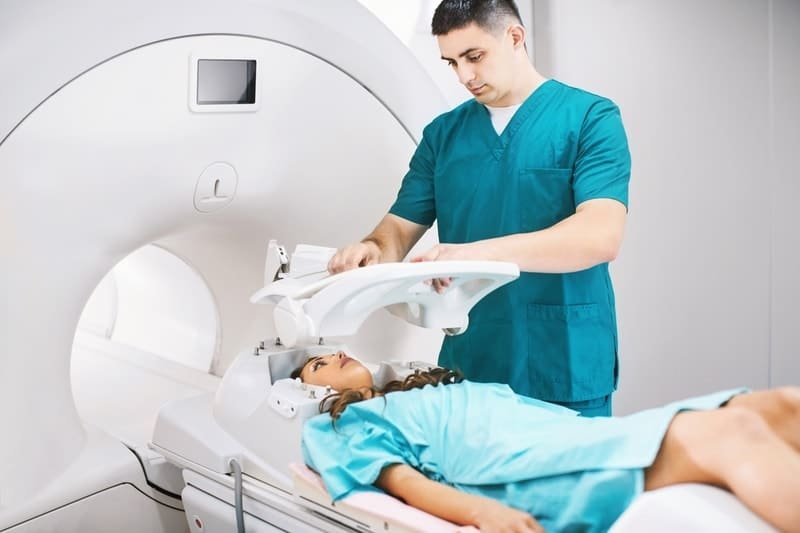
CT/CTA Scan
WHAT IS COMPUTED TOMOGRAPHY (CT)?
Computed tomography (CT) is a sophisticated diagnostic imaging tool that utilizes spiral X-rays and computers to generate cross-sectional images of the body, including internal organs, bones, soft tissue, and blood vessels. CT scans help diagnose a wide range of diseases from head to toe. The cross-sectional images generated can be reformatted in multiple planes and can even generate 3D images that can be viewed on a computer monitor or transferred to electronic media. CT scanning is often the best method for detecting many different cancers since the images allow your doctor to confirm the presence of a tumor and determine its size and location. CT is fast, painless, noninvasive, and accurate.
A CT Angiography (CTA) scan is a special type of CT exam. It examines the blood vessels, particularly in the brain, neck, chest, and abdomen. The contrast material makes the blood vessels show up clearly in the images. CTAs are very helpful in revealing aneurysms and examining the narrowing of the arteries.
WHAT ARE SOME COMMON USES OF CT?
There are various types of CT exams available, covering various sections of the body: Abdominal, Cranial, Lumbosacral Spine, Orbit, and Thoracic. These scans focus on body parts (arms, chest, legs, pelvis, and stomach) or internal organs (adrenal glands, bladder, heart, intestines, kidneys, liver, lungs, and pancreas). In addition, it can also be used to study blood vessels (which are harder to detect due to their small size and ease of “blending” in with their immediate surroundings), bones, the spinal cord, and other joints and extremities. The procedure’s main function is to diagnose and inspect various infirmities in the body, such as disease, infection, masses, and tumors (such as colon cancer or heart disease), without having to cut into the patient’s body. It also helps medical professionals during biopsy procedures and is used as a guide for interventional diagnoses.
HOW SHOULD I PREPARE FOR THIS PROCEDURE?
On the day of your exam, wear comfortable, loose-fitting clothing. Avoid clothing with zippers and snaps, as metal objects can affect the image. Depending on the part of the body being scanned, you may also be asked to remove hair pins, jewelry, eyeglasses, hearing aids, and dentures. You may also be asked not to eat or drink anything for one or more hours before the exam. Women should inform their doctor or X-ray tech if there is any possibility that they are pregnant.
WHAT CAN I EXPECT DURING THIS PROCEDURE?
During a CT scan, the technologist positions you on the CT table, and cushions are used to help keep you still and in the proper position during the scan. The table will move slowly into the CT scanner opening. Depending on the area of the body being examined, the increments of movement may be very small and almost undetectable or large enough to feel the motion. To enhance the visibility of certain tissues or blood vessels, the use of different contrast materials may be required. Depending on the type of examination, contrast material may be injected through an IV, swallowed, or administered by an enema.
Before administering the contrast material, you should inform the radiologist or technologist of the following:
Any allergies, especially to medications or iodine
Whether you have a history of diabetes, asthma, kidney problems, heart or thyroid conditions. These conditions may indicate a higher risk of reaction to the contrast material or potential problems eliminating the material from the patient’s system after the exam.
WHAT WILL I EXPERIENCE DURING THE PROCEDURE?
A CT Scan is painless. Depending on the type of scan you are having, your preparation may differ. To enhance the visibility of body tissue or blood vessels, the use of different contrast materials may be administered by:
Mouth: You may be asked to swallow water or contrast material, a liquid that allows the radiologist to see the stomach, small bowel, and colon much better.
IV injection: A contrast material is commonly injected into a vein to accentuate the appearance of normal and abnormal tissue in organs like the liver and spleen and to better define the blood vessels and kidneys.
You might feel:
Flushed or have a metallic taste in your mouth. These are common reactions that disappear in a minute or two.
A mild itching sensation. If the itching persists or is accompanied by hives, it can be treated with medication.
In very rare cases, you may experience shortness of breath or swelling in the throat or other parts of the body. These can be indications of a more serious reaction to the contrast material. Your technologist should be notified immediately.





